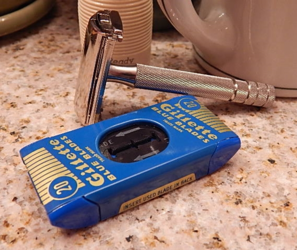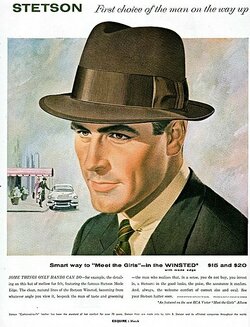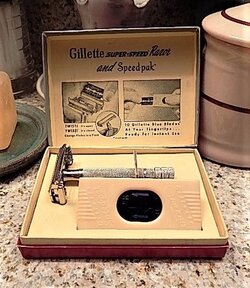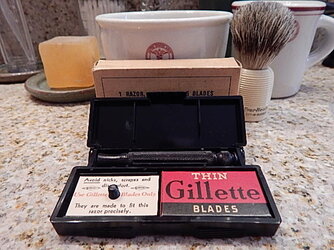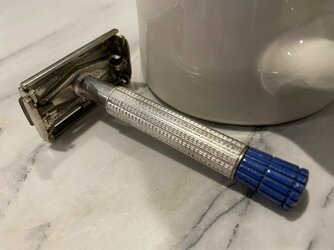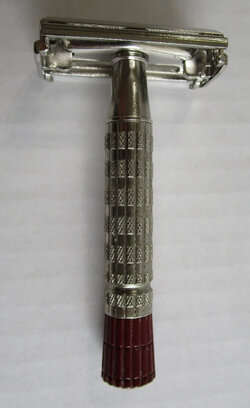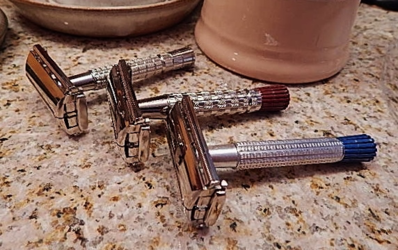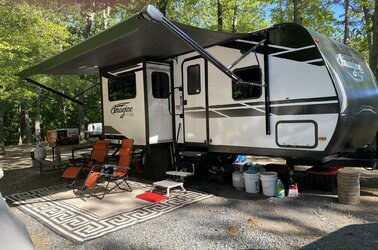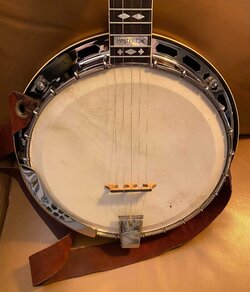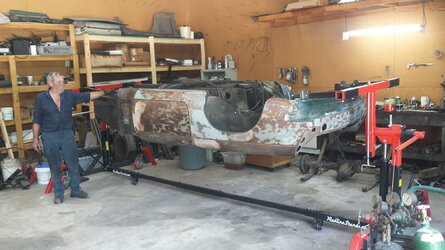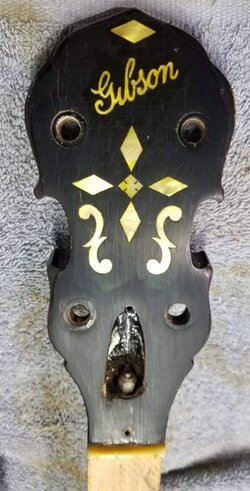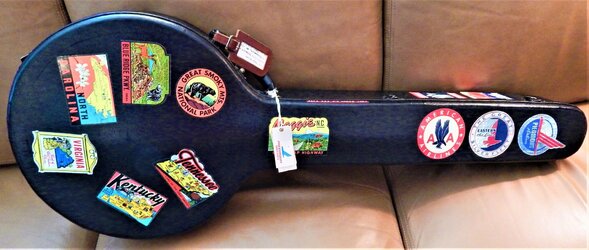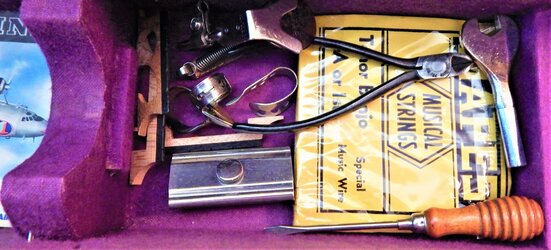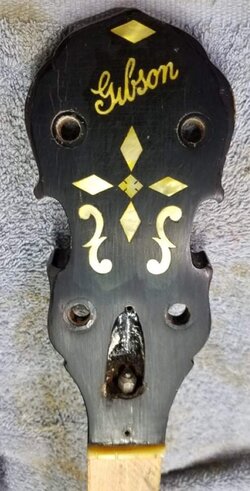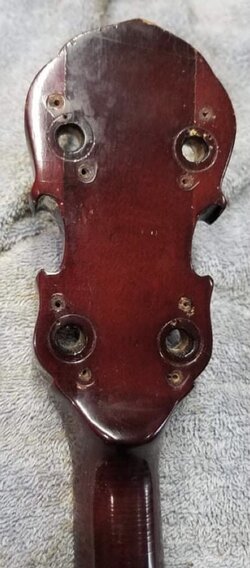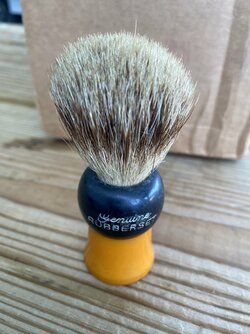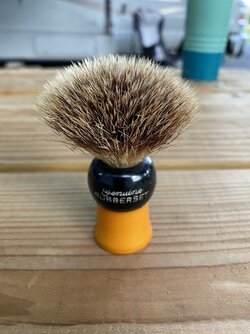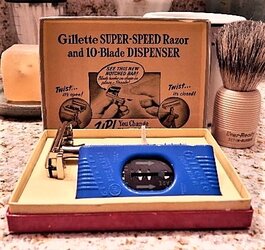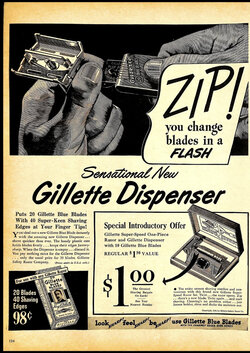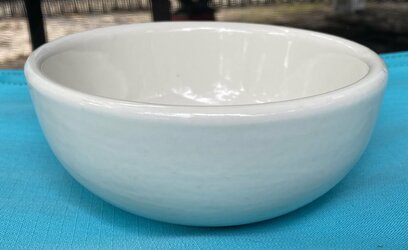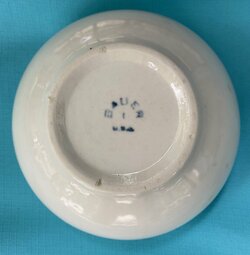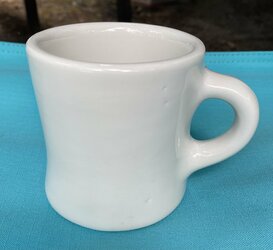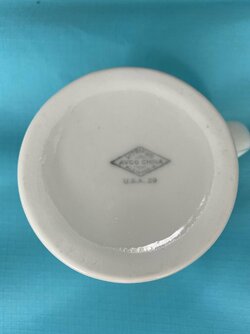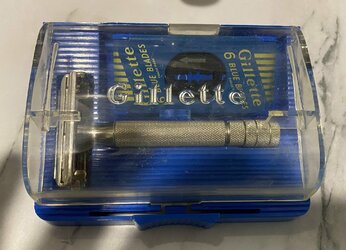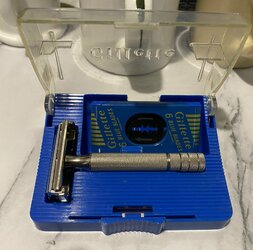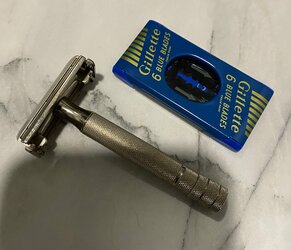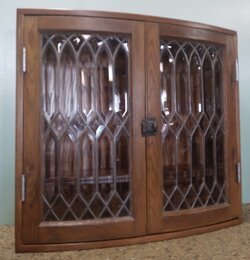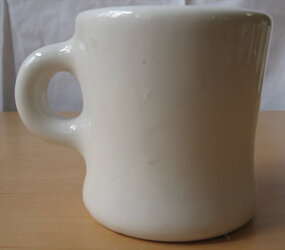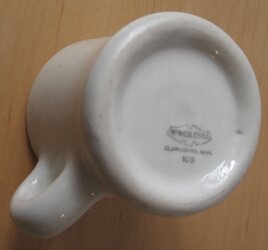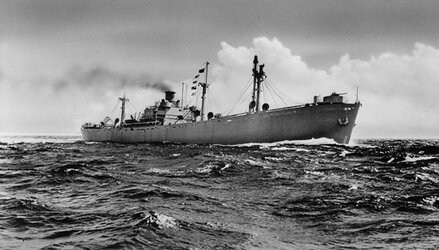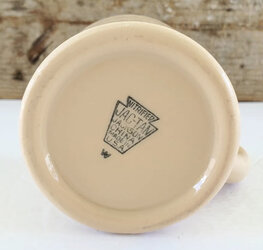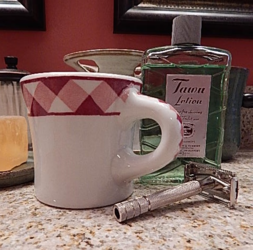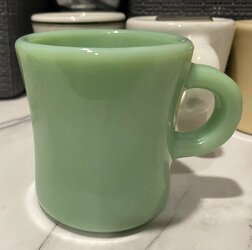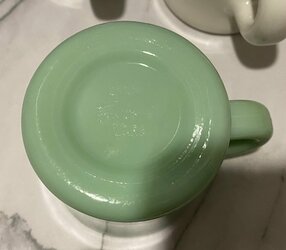- Thread starter
- #761
Tanuki; This is a New Old Stock (NOS) B-1 or first quarter 1956 Gillette Red Tip SuperSpeed. I have a soft spot for this razor, as my father shaved with a B-2 Red Tip until the advent of the Trac ll in 1972-3. The demonstration six blade, Blue Blade dispenser pack with its blade bank on the underside is still wrapped in it’s cellophane wrapper with Gillette’s user instruction brochure. It is absolutely correct for this razor in every respect. The styrene, burgandy based case with it’s clear display cover is pristine and also correct. For me- this is the SuperSpeed find of a lifetime! I am glad you purchased it, as what you have found is an absolute time capsule. Do carefully shave with it! Recently I found an unused I-2 Flare Tip in the same condition for a friend here at the campground. By 1966- Gillette had reduced the count on the demonstration blade dispensers to two. Thank you so much for posting this- I truly miss the West and my days in northern New Mexico. God Bless! Tony, mgbbrownThis popped up unexpectedly as I was passing through Deer Lodge near the historic Montana state prison.
I don't know if the blades match the razor, but the case spring still lifts the lid and the slight crazing in the transparent plastic is probably just the passage of time. The dust on the periphery of the case did not penetrate to the inner tray or the contents. I think this whole outfit just sat on a shelf until it went off to the vintage store where it startled me. The thrill of the hunt!
View attachment 1488651
View attachment 1488652
The doors show a little haze, but to me no sign of use.
View attachment 1488653View attachment 1488654
Two sides of the knob. I can't see any sign of wear. Having seen plenty of used Red Tips in my vintage store browsing, I was surprised by the creamy texture of a fresh Red Tip's paint job.
If this is an assembled kit or a loving restoration, especially at the price that was asked, I would be shocked. I am not a big Gillette TTO fan. I have not even done anything to clean off the dust. I just pull it out and admire it once in a while. I am not the guy to love and appreciate it enough to give it its first shave.
Last edited:
